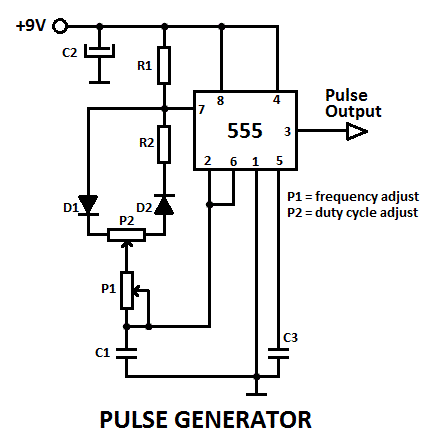What Is Duty Cycle

The period of time a power supply would run without overheating.
What is duty cycle. Suppose a disk drive operates for 1 second then is shut off for 99 seconds then is run for 1 second again and so on. Duty cycle is simply the ratio of time a circuit is on compared to the time that the circuit is off. Duty cycle is the ratio of time a load or circuit is ON compared to the time the load or circuit is OFF.
Duty Cycle이라는 용어가 한 분야에서만 사용하는 것이 아니기 때문에 일반화 시킬 수는 없지만. In this type of operation the motor runs with a constant load for a long enough duration so that it reaches thermal equilibrium. This Video from The Welders Warehouse explains what Duty Cycle figures mean.
In this video Randy explains what the duty cycle is and what it means to someone shopping for welders and plasma cutters. The same holds true with welders. In electronics for example the duty cycle would refer to the period of time in which the device operates without negative effects eg.
Duty cycle sometimes called duty factor is expressed as a percentage of ON time. The percentage given is the amount of time it can operate at maximum heat before it has to cool down. According to the International Electrotechnical Commission IEC duty cycle can be broken down into eight categories which the IEC outlined in the following chart.
Duty cycle is a welding equipment specification which defines the number of minutes within a 10 minute period during which a given welder can safely produce a particular welding current. For example the Weldforce WF-205MST multi-function welder has a duty cycle of 200 Amps 30. A 60 duty cycle is a signal that is ON 60 of the time and OFF the other 40.
This is presented as a percentage of ON time. This means that if an actuator has a max duty cycle of 50 it can be ON 50 of the time and should be OFF 50 of the time. Some printers have duty cycles per day but mostly printers have duty cycles per month.













